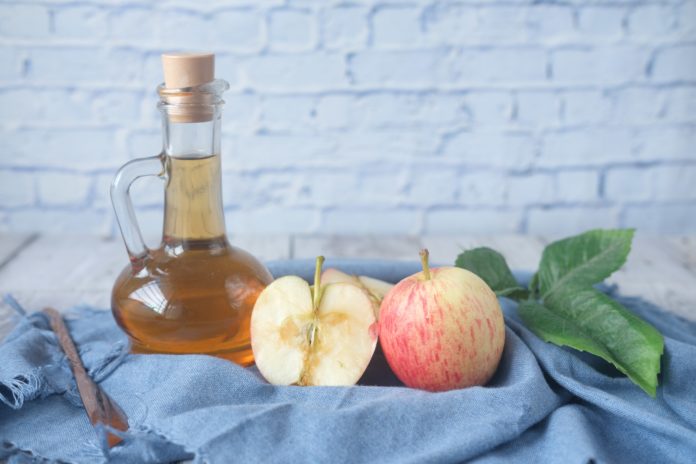The secret to great cooking is in knowing how to utilize your ingredients in a way that creates a balance between flavors. Salt is crucial in almost any recipe to enhance the flavors of other ingredients and fats such as oil are important for texture. The right amount of an acid such as vinegar can make the difference between an okay recipe and one you’ll want to make on repeat. There are many different varieties of vinegar to choose from, and while they all have similar functions in cooking, what a vinegar is made of can make it more suited to one recipe over another. Here’s a quick guide to help you understand which vinegar to choose.
Balsamic Vinegar
Balsamic vinegar is traditionally made from crushed grapes, aged for at least 12 years in wooden barrels. It’s best when added to dishes with minimal heat or even drizzled on as a finishing touch and is delicious in salad dressings, on bruschetta, or with fruit and cheese.
Apple Cider Vinegar
ACV is made from unpasteurized apple cider and is available in both filtered and unfiltered varieties. Some sources tout unfiltered apple cider vinegar as a health tonic, but for culinary purposes, filtered is best. It lasts longer and adds a fresh, tangy flavor to everything from salad dressings to barbecue sauces.
Rice Vinegar
Vinegar made from fermented rice is a culinary staple in the cuisines of many Asian cultures. It has a lightly sweet flavor and is used in a wide variety of dishes, sauces, and even in the preparation of sushi rice.






